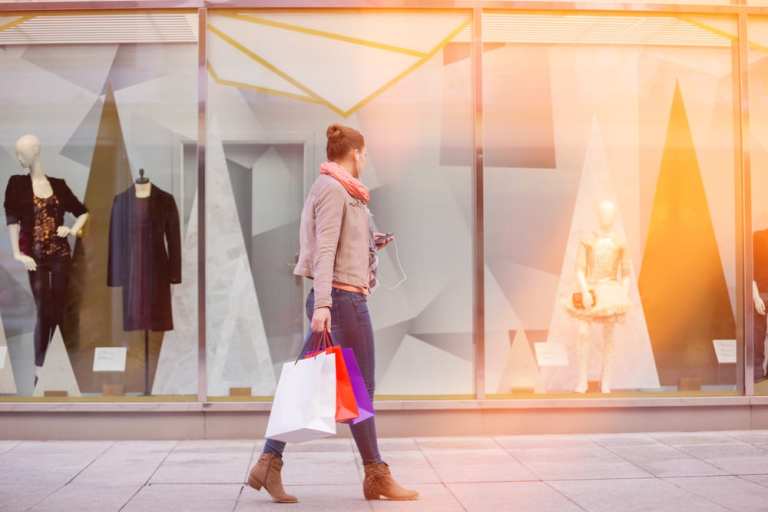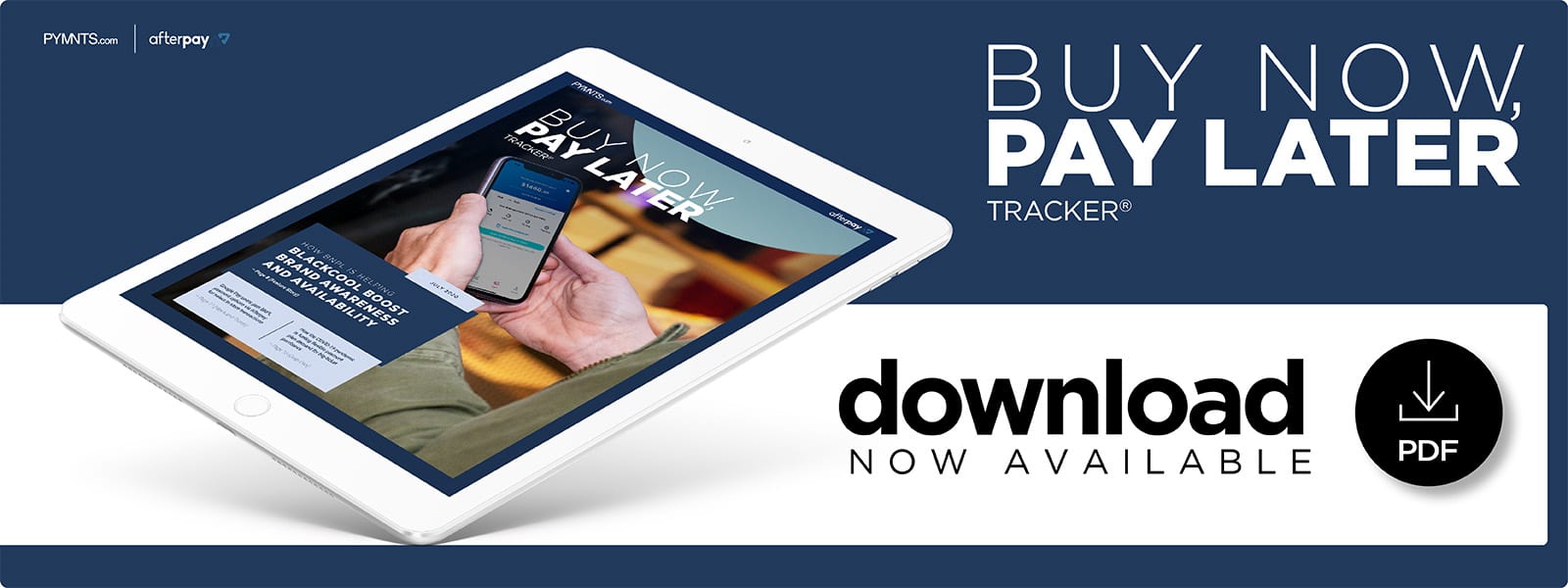Deep Dive: Pandemic Boosts Demand For In-Store And eCommerce BNPL Options

The pandemic-related economic downturn is making consumers wary of payment methods that can worsen their debts.
Buy now, pay later (BNPL) solutions are steadily gaining favor in the U.S., however, as 30 percent of the nation’s consumers have such accounts. The payment method helps consumers afford big-ticket items as well as essentials like groceries, and financial hardships likely explain why demand for these services has ballooned during the health crisis.
Consumers in the U.S. are seeking payment methods that can help them flexibly manage necessary expenses, and the BNPL industry is poised for growth in other markets as well. The following Deep Dive examines how providers are expanding services and solutions to serve consumers purchasing in stores and online during the pandemic.
BNPL’s Broadening Appeal
Several BNPL players are gaining customers looking to keep tighter grips on their finances with flexible payment options. BNPL solution provider Afterpay recently onboarded more than 1 million U.S. users within a 10-week span, for example, marking a 30 percent to 40 percent increase in the number of clients added weekly compared to January and February totals. This occurred after the provider reported that it served 4.4 million U.S. customers in its fiscal quarter ending March 31 — up 283 percent from the same period last year. The company also saw its sales in the country hit $1 billion for that quarter.
More retailers are offering BNPL options to boost spending among cash-strapped consumers, too, further fueling the method’s expansion. New York-based BNPL provider Splitit is adding clients after more retailers began to offer its solution, and it processed more than $65 million in merchant sales in the second quarter of 2020, representing a 260 percent year-over-year increase. Splitit also allows users to make payments from their credit card accounts and partnered with card services providers such as Mastercard and Visa to expand its reach.
Consumers are seeking BNPL solutions for more than just necessary purchases, however. A recent report found that 73 percent of U.S. consumers have experienced stress about purchasing expensive items, yet 85 percent are interested in interest-free BNPL plans at their preferred retailers. BNPL has also gained a strong foothold among in the fashion world, especially among younger consumers. Payment plans are commonly used in the U.K., where retailers including ASOS, Boohoo, M&S and Topshop have set up their own BNPL options or have partnered with providers to enable them.
BNPL Options Enter the Store
Storefronts are beginning to reopen in select markets, and BNPL providers are working to offer flexible payment methods that minimize consumers’ interactions with physical surfaces at brick-and-mortar retailers. Afterpay announced this month that U.S. customers can use Google Pay and Apple Pay to make in-store BNPL payments at select retailers, for example. Customers making payments via the BNPL provider’s app can simply tap their smartphones at point-of-sale (POS) terminals to make purchases. The solution has been available to consumers in Australia and New Zealand since 2016.
Such options could also become popular in the U.K. as a report from the European Payments Council found that 36 percent of the nation’s consumers would shop in stores again if they were offered BNPL solutions that allowed them to do so. One in five also consider access to numerous payment options the top concern when purchasing higher-ticket items, while one-third of those consumers think retail lending is a suitable way to break up payments for expensive items.
Consumers will continue to monitor their spending and adjust their purchasing behaviors as they confront the worldwide economic slump. A growing share are leveraging BNPL solutions to make essential purchases smooth and luxury purchases possible, and developments are making the payment method more available at brick-and-mortar retailers. Merchants that provide numerous payment options across multiple channels, including BNPL offerings, can better serve consumers now and after the health crisis ends.
